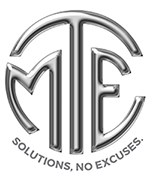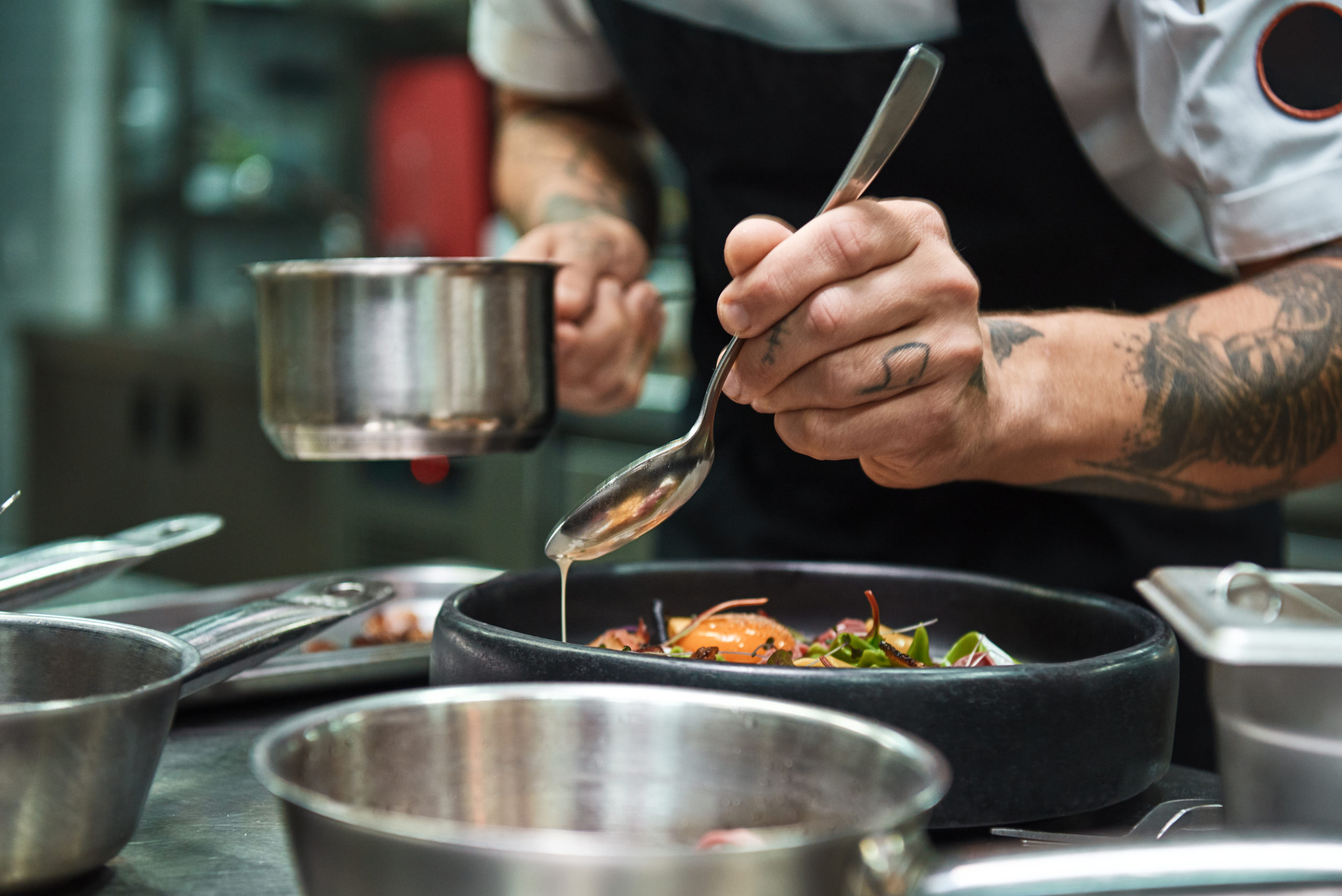For entrepreneurs who have a love of food, opening a commercial kitchen is a dream come true.
Whether it takes the form of an intimate, local concept or a large-scale franchise, investing in a commercial restaurant kitchen design tailored to the business model is essential. Here are considerations for three of the most common types of restaurants.
Independent
An independent restaurant is typically one to two local locations. The great thing about being independent is you have the opportunity to have your kitchen be authentically unique. Owners of independent commercial kitchens usually have a hands-on presence on-site which provides more of a personal touch. This also allows for more freedom when it comes to menu changes and experimenting with one-of-a-kind recipes and the ability to have a custom commercial restaurant kitchen design.
Some challenges to consider when opening an independent restaurant is that it may not be as well-known and will likely need to operate on a smaller scale. Because of this, potential patrons may opt for a more popular restaurant where they will already know what to expect. Smaller operations have a harder time finding and keeping qualified talent. Since they are smaller and don’t buy in as big of quantities, they won’t have access to prime supply chains and may pay more for their purchases which can make food costs higher.
Chain
Chains are a string of multiple locations with the same owners. The advantage of a chain is consistency across all restaurants. Customers will know what to expect no matter which location they stop in to eat at. This is great for brand awareness as people will come to rely on the experience a chain restaurant has to offer. After a chain is well-known, it is easier to have access to better personnel options as well as sourcing and pricing for supply chains.
Once a restaurant business becomes a chain it is much harder to keep an individualistic business style as the owners will be relying on personnel to help run these multiple locations. Without the owner being able to have a hands-on approach with all locations, most facets of operations will have to be streamlined across the board to ensure that all their restaurants are running at the same level. Because cooks across multiple locations must maintain the same consistency in taste and texture, there is less flexibility and room for experimentation with the menu.
Franchise
A restaurant franchise has many investors across various locations, with each investor responsible for the day-to-day operations at their individual location. Investing in a franchise means your business will be instantly recognizable since the brand already exists and has customers. This is great if you want to be part of a business model that has an established menu and conceptualized commercial restaurant kitchen design. This makes it easy to attract customers, recruit staff members and gain access to the best supply chain with the lowest prices.
Franchises are all meant to represent the same brand no matter who the owner of the location is. Strict guidelines are often put in place to ensure consistency across the brand. There isn’t room to add creative options to the menu or switch up the look and feel because the goal is to provide customers with a consistent, unified experience at any location. Any variations from the standards may need formal approval.
Before you break ground on your commercial kitchen, whether an independent concept, chain restaurant or franchise location, consult the professional design team at Texas Metal Equipment. Our team of industry experts can help ensure your commercial restaurant kitchen design meets the operations and aesthetics specifications your business needs.


